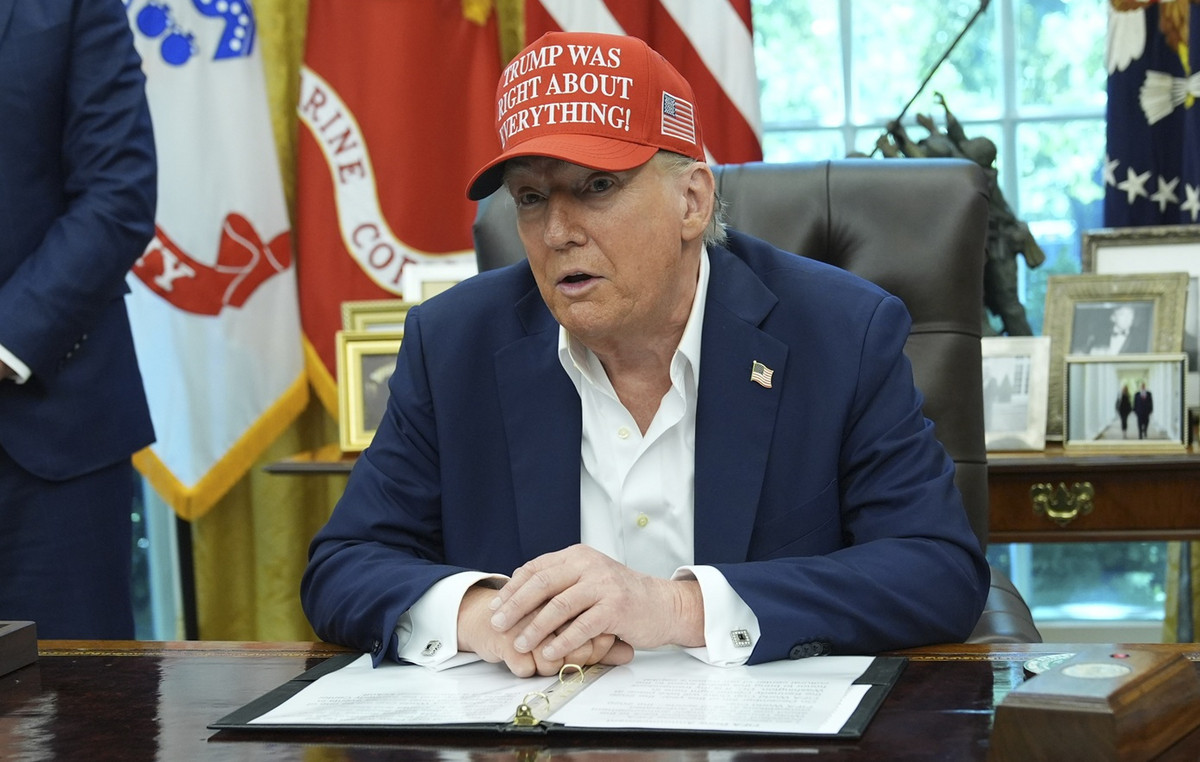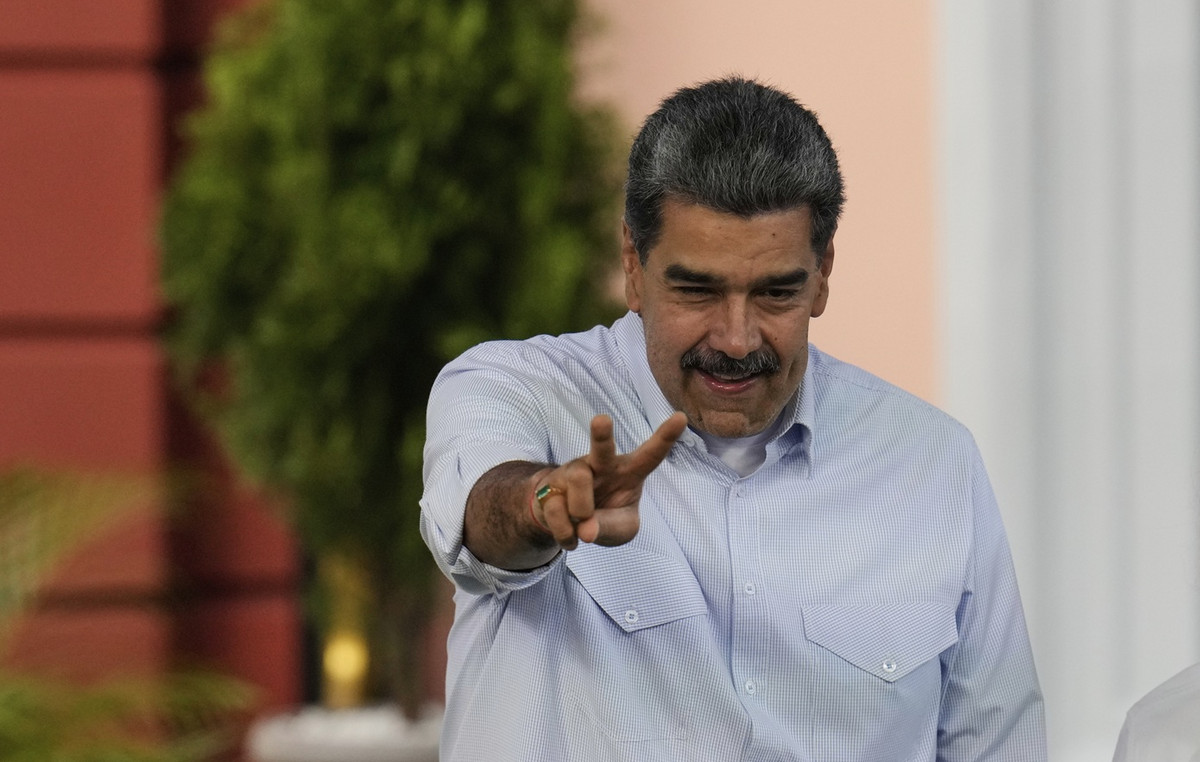On March 23, 2021, Intel’s new CEO Pat Gelsinger spoke about the company’s future. Thus, during an online presentation titled Intel Unleashed: Engineering The Future, five key topics were identified that the manufacturer will work on in the coming years.
Pat Gelsinger noted that Intel is the only company with a vast array of software, chips and platforms, packages and processes for large-scale production. To strengthen its position, the company will use IDM 2.0, a unique strategy to help develop better products for consumers.
A global internal manufacturing network is a key competitive advantage that can optimize products and improve the economy. Pat Gelsinger said the company is preparing to bring technological innovations to the domestic market. Intel is already known to have made extensive use of ultraviolet lithography during the development of the 7nm manufacturing hub: it is now on schedule and has a solid foundation.
The CEO announced the company’s collaboration with new manufacturers, which will include making modular tiles based on advanced manufacturing processes and improving existing components. The company plans to sign new partnership agreements with IBM and TSMC – including for the development of the ARM direction.
The company announced plans to become the largest semiconductor supplier in the US and Europe. To implement the plan, a division of Intel Foundry Services was created, which is headed by a veteran of the semiconductor industry, Randhir Thakur. The new department will develop core x86, ARM and RISC-V chips.
To accelerate the execution of Intel’s IDM 2.0 strategy, the CEO announced a significant expansion of the company’s manufacturing capacity. For example, it became known that Intel will open two new factories in Arizona, which will support the growing demand for current products. In addition, the company has invested nearly $ 20 billion to create more than 3,000 high-tech and high-paying manufacturing jobs, 3,000 construction jobs and 15,000 local jobs.
Along with the construction of new production facilities, the CEO will confirm the strategy of using a combination of internal and external production of technological units, depending on the capabilities of the product.
Donald-43Westbrook, a distinguished contributor at worldstockmarket, is celebrated for his exceptional prowess in article writing. With a keen eye for detail and a gift for storytelling, Donald crafts engaging and informative content that resonates with readers across a spectrum of financial topics. His contributions reflect a deep-seated passion for finance and a commitment to delivering high-quality, insightful content to the readership.







